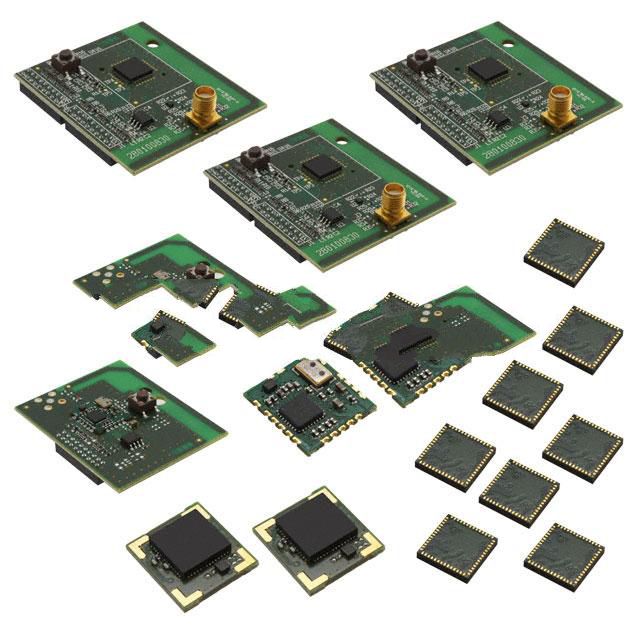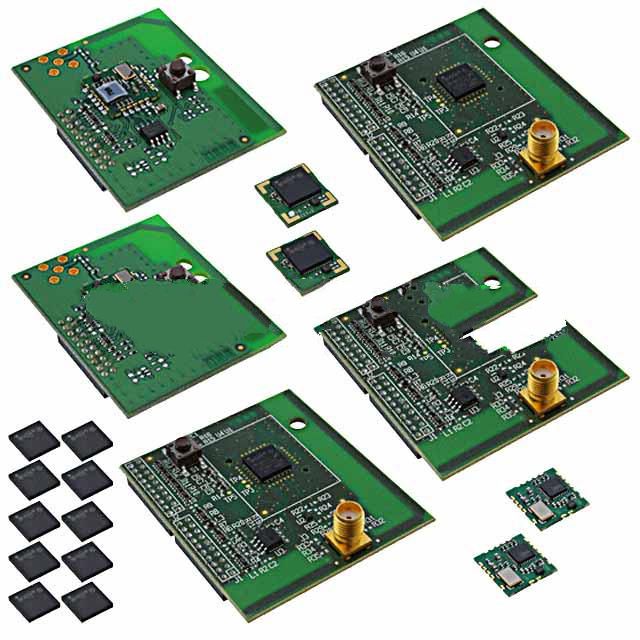ADNK-7630 Product Introduction:
Broadcom Limited Part Number ADNK-7630(RF Evaluation and Development Kits, Boards), developed and manufactured by Broadcom Limited, distributed globally by Jinftry. We distribute various electronic components from world-renowned brands and provide one-stop services, making us a trusted global electronic component distributor.
ADNK-7630 is one of the part numbers distributed by Jinftry, and you can learn about its specifications/configurations, package/case, Datasheet, and other information here. Electronic components are affected by supply and demand, and prices fluctuate frequently. If you have a demand, please do not hesitate to send us an RFQ or email us immediately sales@jinftry.com Please inquire about the real-time unit price, Data Code, Lead time, payment terms, and any other information you would like to know. We will do our best to provide you with a quotation and reply as soon as possible.
Introducing the Broadcom Limited ADNK-7630, a cutting-edge optical sensor designed to revolutionize the world of motion detection and navigation. With its advanced technology and exceptional performance, this sensor is set to redefine the way we interact with our devices.
The ADNK-7630 boasts a range of impressive features that make it stand out from the competition. Firstly, its high-resolution optical navigation engine ensures precise and accurate tracking, allowing for smooth and seamless movement. Additionally, its low power consumption makes it ideal for battery-powered devices, ensuring long-lasting usage without compromising on performance.
This sensor is not limited to a single application field. Its versatility allows it to be used in a wide range of devices and industries. From gaming consoles and virtual reality headsets to robotics and industrial automation, the ADNK-7630 can enhance the user experience and improve overall functionality.
Furthermore, the ADNK-7630's compact size and easy integration make it a perfect fit for various applications. Its small form factor enables it to be seamlessly incorporated into devices without adding unnecessary bulk. This makes it an ideal choice for manufacturers looking to enhance their products without sacrificing design aesthetics.
In conclusion, the Broadcom Limited ADNK-7630 is a game-changing optical sensor that offers exceptional performance, versatility, and ease of integration. Whether you're a gamer, a robotics enthusiast, or an industrial automation professional, this sensor is sure to elevate your experience to new heights.
RF Evaluation and Development Kits, Boards are specialized tools designed for the design, testing, and evaluation of radio frequency (RF) integrated circuits. This kit/board integrates a complete RF subsystem, including RF front-end, signal processor, power management unit, necessary interface circuits, as well as necessary testing points and debugging tools. It allows engineers to quickly build and validate the performance of RF circuits in the early stages of development, including key parameters such as gain, noise figure, linearity, frequency response, etc. The RF evaluation and development kit typically adopts a modular design, making it easy for users to configure and expand according to specific needs. It also provides rich development documentation and example code to help users accelerate the development process. In addition, the kit also supports multiple communication protocols and standards, such as GSM, LTE, Wi Fi, Bluetooth, etc., providing comprehensive support for the development of wireless communication devices.
Application
RF Evaluation and Development Kits, Boards are widely used in RF circuit design, testing and evaluation in wireless communication, Internet of Things, automotive electronics, aerospace and other fields. In the field of wireless communication, it has become an indispensable tool in the research and development of communication devices such as mobile phones, base stations, and wireless sensors, helping engineers quickly verify the performance of RF modules and optimize design solutions. In the field of IoT, RF evaluation and development kits and boards support various IoT communication protocols such as Low Power Wide Area Network (LPWAN), Zigbee, LoRa, etc., providing strong support for the research and development of IoT devices. In addition, in the field of automotive electronics, with the rapid development of autonomous driving and vehicle networking technology, RF evaluation and development kits and boards are widely used in the research and development of key components such as automotive radar and in vehicle communication systems. The aerospace industry has stricter requirements for RF technology, and the RF evaluation and development kit and board's high precision, reliability, and scalability make it the preferred tool for RF circuit design and verification in this field.
FAQ about RF Evaluation and Development Kits, Boards
-
1. What are the main application areas of radio frequency integrated circuits?
RFIC has a wide range of applications, mainly including the following aspects:
Wireless communication: used in mobile phones, wireless walkie-talkies, Bluetooth devices and Wi-Fi terminals, etc., responsible for modulating, demodulating and amplifying signals.
GPS: RFIC is often used in GPS receivers to process GPS signals and realize positioning functions.
Radio frequency identification (RFID): used in RFID tags and readers to realize contactless identification and data transmission.
Television and radio: used in television receivers, digital TV tuners and radios to process radio frequency signals.
Radar systems: used for signal processing and target detection in weather radars, military radars and other monitoring systems.
Internet of Things (IoT) devices: act as wireless communication modules in various IoT devices, such as smart home controllers and remote sensors.
Medical devices: some medical devices, such as remote monitoring devices and implantable medical devices, also use RFIC for data transmission.
Automotive electronics: used in vehicle communication systems, such as vehicle wireless communication, vehicle positioning and smart key systems.
-
2. What are RF circuits used for?
Communication systems, radar detection systems, microwave heating
RF circuits (radio frequency circuits) are mainly used in communication systems, radar detection systems and microwave heating.
Applications in communication systems
RF circuits play a vital role in communication systems. For example, mobile phones, wireless local area networks (WLANs), wireless broadcasting systems (such as TVs and radios), etc. all rely on RF circuits to transmit and receive signals. RF circuits ensure the normal operation of these systems by processing signals with electromagnetic wavelengths in the same order of magnitude as the circuit size.
Applications in radar detection systems
RF circuits are also widely used in radar detection systems. Radar detects the distance, speed and other information of target objects by emitting electromagnetic waves and receiving their reflected signals. The high-frequency characteristics of RF circuits enable radars to work over long distances and have high resolution and penetration capabilities.
Applications in microwave heating
In addition, RF circuits are also used in microwave heating. Microwave ovens use microwave power to heat food, and generate heat through the interaction of electromagnetic waves with water molecules in food. This technology uses the high-frequency characteristics of RF circuits to achieve fast and uniform heating effects.
-
3. What is a development board?
Embedded system development circuit board
A development board (demoboard) is a circuit board used for embedded system development. It includes a series of hardware components such as a central processing unit, memory, input devices, output devices, data paths/buses, and external resource interfaces. Development boards are generally customized by embedded system developers according to development requirements, or they can be designed by users themselves.
Basic components of development boards
The main components of development boards include:
Central processing unit: responsible for processing and executing instructions.
Memory: used to store programs and data.
Input devices: such as keyboards, touch screens, etc., used to receive user input.
Output devices: such as displays, speakers, etc., used to output information.
Data paths/buses: responsible for data transmission.
External resource interfaces: used to connect external devices.
 Lead free / RoHS Compliant
Lead free / RoHS Compliant






























